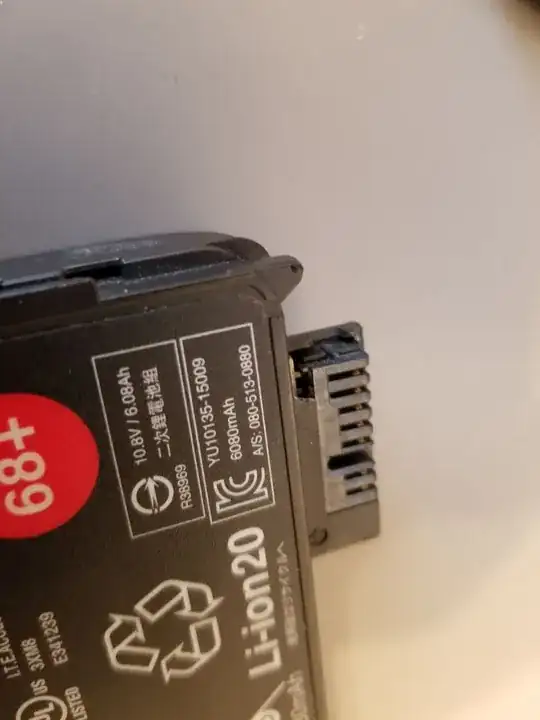I chipped off a bit of my otherwise perfectly usable laptop battery and would like to rebuild it. Consider the following picture:
Now compare it to what is visible e.g. here. I'm curious if it's possible to point a few cameras from a different angle at the bad and manually operate a typical 3D printer (let's say, Creality Ender 3) so that it's me operating the extruder, not a program. Does it have any chance working on that uneven surface?
